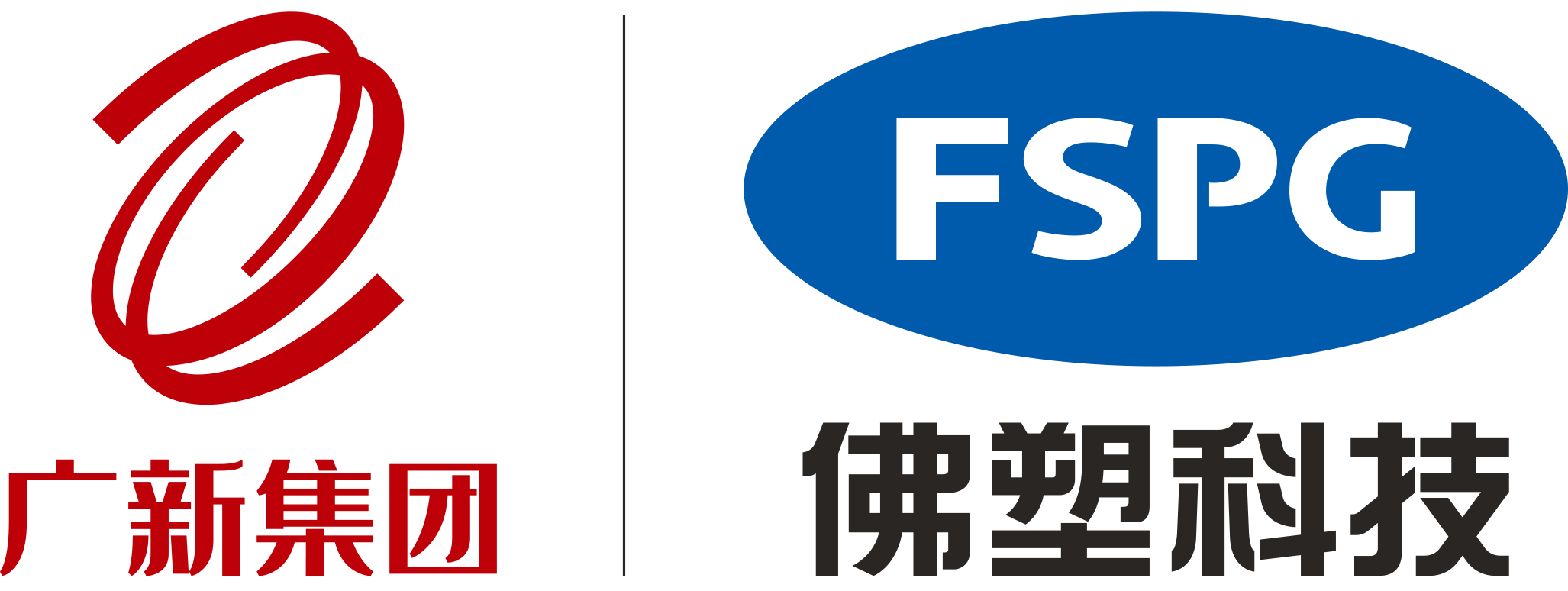Views: 0 Author: Site Editor Publish Time: 2024-06-13 Origin: Site








Both metal foil and aluminum foil are materials used in a variety of applications, especially in packaging, insulation, and electronics. However, there are significant differences in their composition, properties, and applications. Here is a detailed comparison:

Substrate: Usually made of a plastic substrate such as polyester (PET), polypropylene (PP), or polyethylene (PE).
Metal Coating: A thin layer of metal (usually aluminum) is applied to a plastic substrate using a process such as vacuum deposition or sputtering.
Material: Made entirely of aluminum metal.
Thickness: Generally thicker than the metal coating on metallized foil; typical thickness ranges from 0.006mm to 0.2mm.
1. Lightweight: Much lighter than solid aluminum foil due to thin metal coating
2. Flexibility: More flexible, suitable for wrapping irregularly shaped surfaces
3. Barrier Properties: Provides good barrier protection against moisture and oxygen, but generally not as effective as thicker aluminum foil
4. Reflectivity: High reflectivity similar to solid aluminum, improving aesthetics in some applications
1. Strength and Durability: Stronger, more durable, provides excellent barrier protection against moisture, oxygen, light gases
2. Conductivity: Higher thermal conductivity, therefore suitable for applications requiring efficient heat dissipation and electrical shielding.
3. Stiffness: Less flexible than metal foil; better suited for structural integrity
1. Packaging:
- Flexible packaging material used to provide barrier protection and extend the shelf life of products such as snacks and coffee bags.
- Often laminated with other materials to increase the strength and durability of the entire packaging structure.
2. Thermal insulation:
- Reflective insulation used improves the energy efficiency of buildings and reduces heat transfer.
3. Decorative uses:
- Used to decorate wrapping paper and labels, enhancing the appearance of products and gifts.
4. Electronics:
- Used capacitors and other electronic components that require a lightweight conductive layer.
1. Food Packaging: - Widely used in the food and beverage industry to provide excellent barrier protection and maintain the freshness and quality of perishable products such as dairy, meat and beverages.
2. Cooking and Baking: - Commonly used in home kitchens and commercial food preparation environments due to high heat resistance and resistance to direct contact with flames, ovens, grills, etc.
3. Industrial Applications: - Used in various industrial processes including insulation of cables, transformers, HVAC systems that require strong and durable materials, handled under extreme conditions, temperatures, pressures, etc.
Pharmaceuticals:
Used in blister packs and other pharmaceutical packaging to provide a strong contamination barrier and extend shelf life.
Metalized Foil
Generally cheaper than aluminum foil due to the lower amount of metal.
Aluminum Foil
Generally more expensive because it is made entirely of aluminum.
By understanding these differences and carefully evaluating your specific requirements, you can ensure that the material you choose will provide the performance and cost-effectiveness you need!
Home | Products | Green Product | Contact Us | Sitemap | Privacy Policy
